 A new kind of wearable health device would deliver real-time medical data to those with eye or mouth diseases.
A new kind of wearable health device would deliver real-time medical data to those with eye or mouth diseases.
Monday, February 1, 2021
Wearable sensor monitors health, administers drugs using saliva and tears
 A new kind of wearable health device would deliver real-time medical data to those with eye or mouth diseases.
A new kind of wearable health device would deliver real-time medical data to those with eye or mouth diseases.
Physicists create tunable superconductivity in twisted graphene 'nanosandwich'
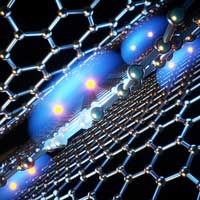 Structure may reveal conditions needed for high-temperature superconductivity.
Structure may reveal conditions needed for high-temperature superconductivity.
A new approach for designing photonic devices
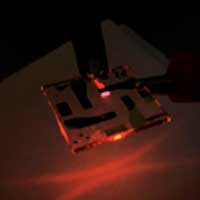 The advance allows engineers to control the direction and polarization of light from thin-film LEDs, paving the way for a new generation of virtual reality (VR) and augmented reality (AR) technologies.
The advance allows engineers to control the direction and polarization of light from thin-film LEDs, paving the way for a new generation of virtual reality (VR) and augmented reality (AR) technologies.
Nanomaterial accelerates water desalination process
 Titanium dioxide nanoparticles decorated by gold absorb about 96% of the solar spectrum and turn it into heat. The material can accelerate the evaporation in desalination plants up to 2.5 times and can track hazardous molecules and compounds.
Titanium dioxide nanoparticles decorated by gold absorb about 96% of the solar spectrum and turn it into heat. The material can accelerate the evaporation in desalination plants up to 2.5 times and can track hazardous molecules and compounds.
Batteries that can be assembled in ambient air
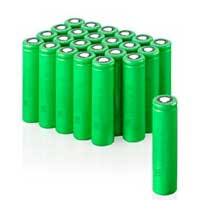 Researchers developed a multi-functional separator which allows the batteries to function even when the pouch cell is assembled in ambient air.
Researchers developed a multi-functional separator which allows the batteries to function even when the pouch cell is assembled in ambient air.
Easily assembled gold nanoparticle scaffolding serves as molecular probe
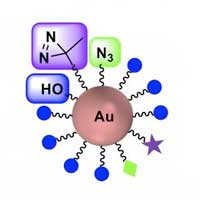 The development of pharmaceutical treatments is difficult -- clinicians and researchers know a certain drug can regulate particular functions, but they might not know how it actually works. Researchers have developed a new, streamlined method to better understand the molecular mechanisms underpinning these interactions.
The development of pharmaceutical treatments is difficult -- clinicians and researchers know a certain drug can regulate particular functions, but they might not know how it actually works. Researchers have developed a new, streamlined method to better understand the molecular mechanisms underpinning these interactions.
The first steps toward a quantum brain
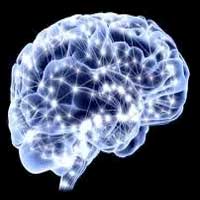 An intelligent material that learns by physically changing itself, similar to how the human brain works, could be the foundation of a completely new generation of computers. Physicists now have demonstrated that they can pattern and interconnect a network of single atoms, and mimic the autonomous behaviour of neurons and synapses in a brain.
An intelligent material that learns by physically changing itself, similar to how the human brain works, could be the foundation of a completely new generation of computers. Physicists now have demonstrated that they can pattern and interconnect a network of single atoms, and mimic the autonomous behaviour of neurons and synapses in a brain.
Graphene-MOF-based hybrid supercapacitor that offers the best of both worlds in energy storage
 Researchers developed a hybrid supercapacitor which has a capacitor-type titanium carbide-based negative electrode and a battery-type graphene-hybrid positive electrode.
Researchers developed a hybrid supercapacitor which has a capacitor-type titanium carbide-based negative electrode and a battery-type graphene-hybrid positive electrode.
Origami with DNA
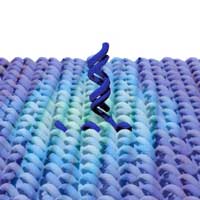 By cleverly designing single DNA strands that only fit together in certain sections, you can connect several double helices with each other and thus create complicated structures.
By cleverly designing single DNA strands that only fit together in certain sections, you can connect several double helices with each other and thus create complicated structures.
Subscribe to:
Comments (Atom)
